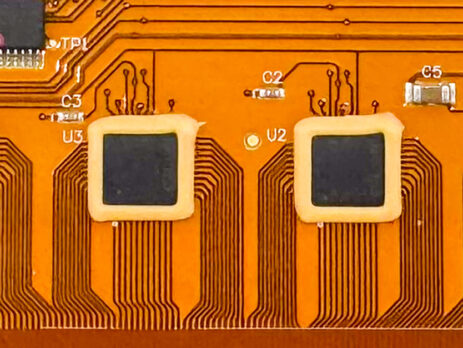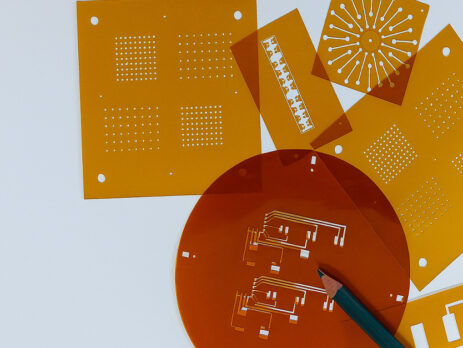LPI Solder Mask vs. Polyimide Coverlay: Choosing the Right Protection for Flexible Circuits
Protecting the copper circuitry on a flexible printed circuit (FPC) is essential to ensuring long-term reliability and performance. Two common protective approaches are Liquid Photoimageable (LPI) solder mask and Polyimide (PI) coverlay. While both serve to insulate and safeguard traces, they differ significantly in their material properties,...




















